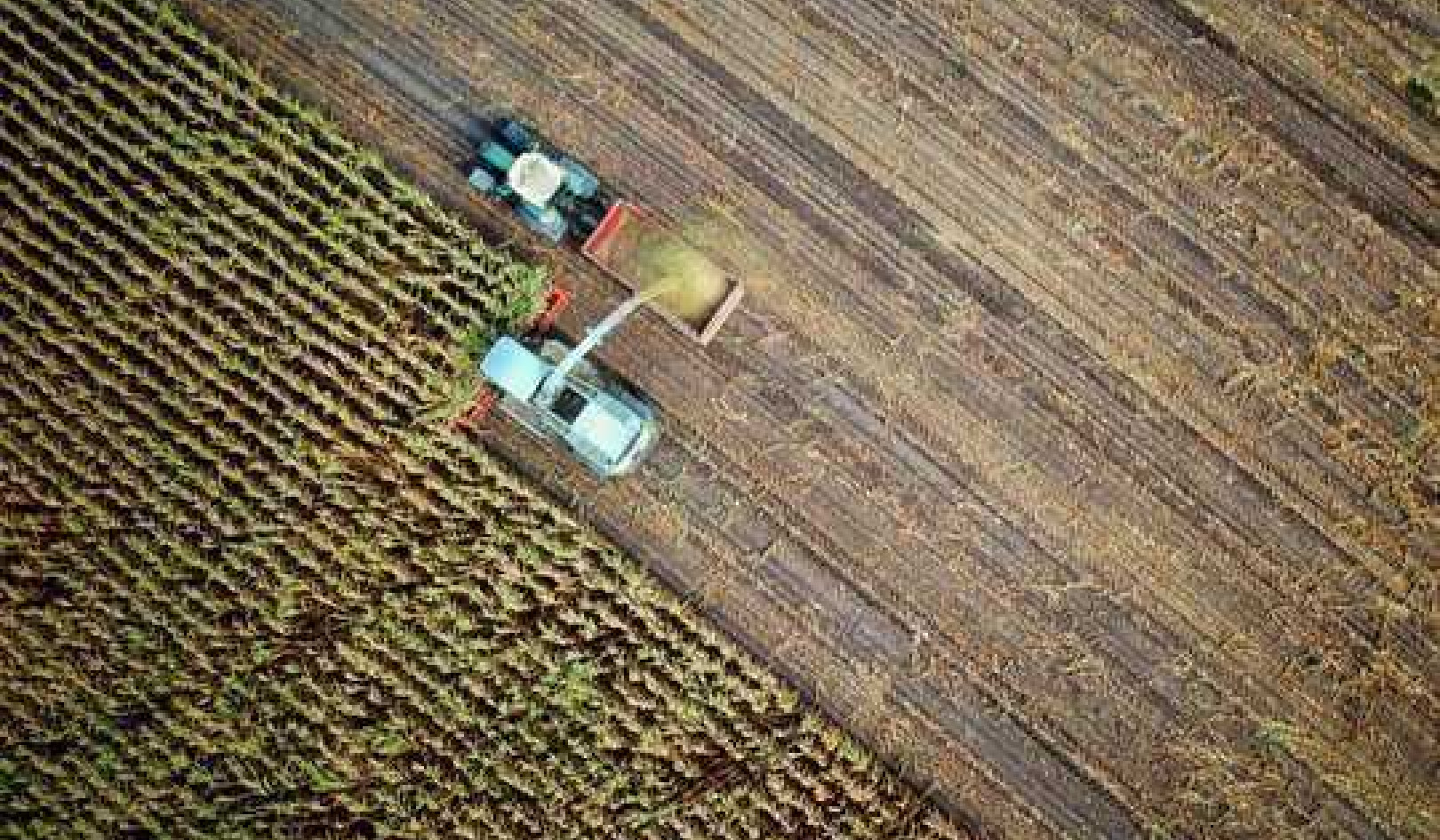From disease to weather patterns, the meltdown of Arctic sea ice—close to record levels again this year—is changing the globe
Satellite data reveal how the new record low Arctic sea ice extent, from Sept. 16, 2012, compares to the average minimum extent over the past 30 years (in yellow). Sea ice extent maps are derived from data captured by the Scanning Multichannel Microwave Radiometer aboard NASA's Nimbus-7 satellite and the Special Sensor Microwave Imager on multiple satellites from the Defense Meteorological Satellite Program.
Satellite data reveal how the new record low Arctic sea ice extent, from Sept. 16, 2012, compares to the average minimum extent over the past 30 years (in yellow). Image: Flickr/NASA/Goddard Scientific Visualization Studio
The dramatic retreat of Arctic sea ice in recent years is changing disease patterns, altering the local food web and lowering the region's ability to reflect sunlight, according to two new studies.
The research in Science and Nature Climate Change, although on two different topics, fits into a growing body of knowledge about the side effects of ice loss. The papers also come as scientists say that Arctic ice extent could be near historic lows this year, even if it does not break last year's record.
This year "will without a doubt" rank in the top five lowest levels of ice extent ever recorded in the satellite era, and there is a good possibility that 2013 could rank second in terms of recorded ice lows, said Walt Meier, a scientist at the National Snow & Ice Data Center.
"It's kind of remarkable that it's as low as it is [this year], given that the weather conditions were not terribly optimal for ice loss," Meier said.
























